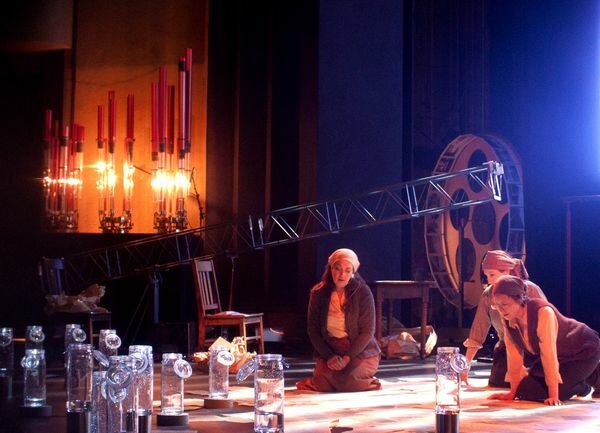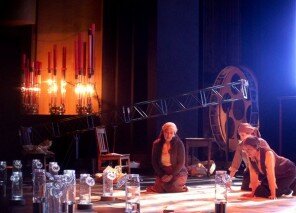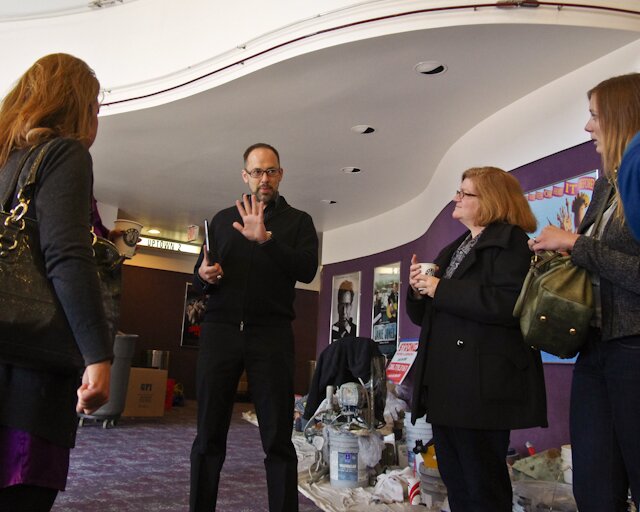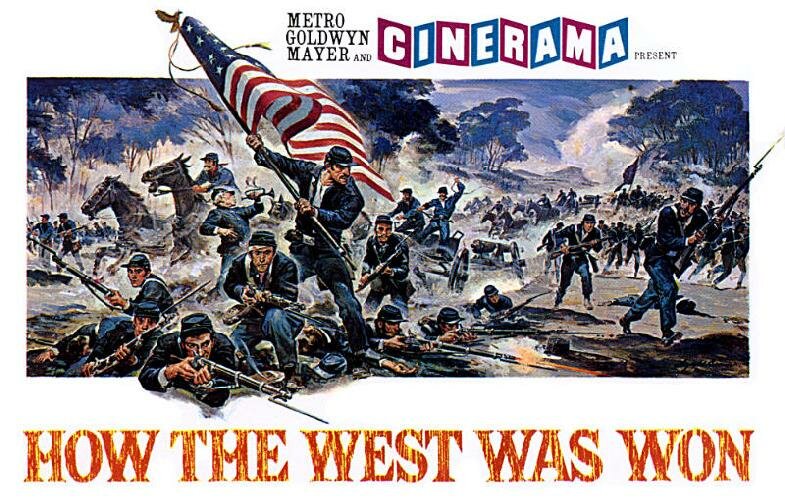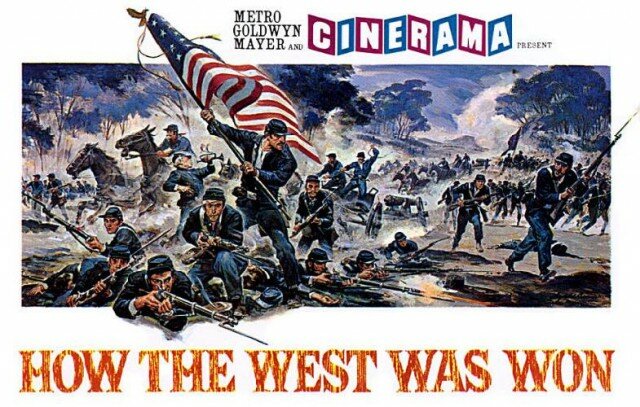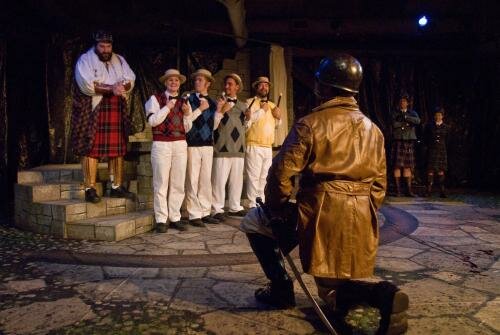It’s opening night at Jet City Improv’s Blak Cloud, the entirely improvised and hilarious take on the Salem Witch Trials where SOMEONE will burn, and the audience decides whom.
It’s common knowledge that Jet City utilizes their audience, so on Thursday, my friend and I weaved through the rows of the boutique-sized theater to find that one pair of black-hole, nose-bleed seats where, surely, no one will call upon us. But something about us begged for interaction I guess, because within a few minutes, director Graham Downing approached us asking if we’d be willing to participate in the production with an accusation — because that’s what happens at Jet City’s newest and deliciously droll comedy of the Salem mistake: The audience accuses, and somebody will burn. No one is safe.
Like the title implies, everything in the show is improvised, from the deciding jury in the audience to every word spoken from the veteran actors on stage. At times it’s obvious that it’s all off-the-cuff, like when four of the townswomen try to chant in unison, each trying to catch on to where the chant is going. But they do it — slowly — and with each verse ending in rhyme. Only a few other occasions expose the nature of the play, like when a character fumbles saying that it’s springtime (the opening banner clearly reads that it’s mid-October), and again when the details of a husband’s death accidentally get “altered” by another player. But the members are ever quick on their feet to recover ground: Ahhh yes, not only did my husband drown in the river, he was also threshed to death, and trampled by horses. It was a horrible triple death.
At all other times, it’s perfectly on par and filled with tongue-in-cheek dialogue, laced with innuendo. “Threshing” and “satchel dropping” were favorite double entendres on opening night; “Goodness, you thresh so well, Goodman Temperance,” or “You’ve dropped your satchel in my backyard before, good sir.”
Bonnet-clad and with collars donned like any good Puritanical townsperson, the mainly female cast (save for three hilarious males) shines with utterly raw improvisation skills. It’s a constant back and forth of innuendoes and dark comedy (one woman visits the “baby mounds” where her eight stillborns rest in peace), sparked by the main plot line of a sprouting rash in a townswoman’s nether regions — a townswoman named Salvation. This arc — which I must reiterate is contrived on the spot — sews together the whole night. Who gave her the rash? Where is it spreading? And, SURELY, witchcraft must be afoot if these virginal women are getting STDs.
Seattle native and Jet City regular Laura Turner plays Salvation with as much enthusiasm and deliberate irony as you’d expect from the town trollop. Naturally, everyone but her is to blame for her affair and resulting rash with Goodman Temperance, played by the delightful Mike Murphy. The main woman accused, a Sarah Good played by Elicia Wickstead, is so convincing and sympathetic a character that when it came time to cast our stones to vote (literally; all audiences members are given a white and a black stone to name the accused guilty or innocent) no one wanted to accuse her. Fortunately, there were a handful of others to choose from.
The set design is plain — as one would expect from a prop-less improv production — so when the elaborate burning stake was finally revealed you could almost feel the giddiness rising from the accusatory rabble *ahem* audience. Everyone began cheering and chanting “BURN SOMEBODY. BURN SOMEBODY” as the fate of the accused was being decided, to which the judge exclaimed, “Quiet! This is not the middle ages; we are counting stones.”
It’s dark, quick, and thoroughly entertaining from start to finish as Jet City’s main October production, not to mention that there’s an open bar, and you can engage or disengage as much as you like in the play. Director Graham Downing expressed in a Q&A that he was shocked at the outcome of the trial. He said he never expected Seattle to be so sympathetic. The good news is that every night Blak Cloud plays, somebody will burn. And because it’s entirely improvised, every show will be different with its respective plot and witch to burn at the stake.
Blak Cloud plays Thursdays and Fridays at 8 at Jet City Improv October 3-18, and Halloween-November 22. Tickets are $15.
Happy Monday. Let’s connect on Facebook, Twitter, and Instagram and let’s be friends.


